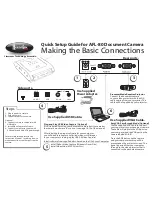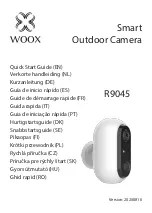
109
This function uses signals received from multiple GPS satellites to record
location information (latitude, longitude, elevation) in still images and movies.
The location information data can also be recorded separately from images
and movies. This function can also be used to automatically update the
camera’s clock.
Before using the GPS function, make sure to correctly set the date/time and
your home time zone (p. 19).
GPS stands for “Global Positioning System”.
z
Use the camera outside, where the sky is
clearly visible. (The function will not work
properly if you are in an environment, such
as indoors, where the GPS satellite signal
cannot be received (p. 110).)
z
Hold the camera as shown so that signals
are easier to receive from GPS satellites.
z
Be sure not to cover the GPS signal
receiver with your finger or other objects.
Using the GPS Function
Please keep the following things in mind when using the GPS function.
•
In certain countries and regions, the use of GPS may be restricted.
Therefore, be sure to use GPS in accordance with the laws and
regulations of your country or region. Be particularly careful when
traveling outside your home country.
•
Exercise caution when using this function in places that restrict the use of
electronic devices, as the camera receives signals from GPS satellites.
•
The camera’s positioning information recorded in images and movies
with the GPS function may contain information that can be used to
determine your physical location. Be sure to take adequate precautions
when transferring images containing camera positioning data and GPS
log files to others, or when uploading these files to the Internet where they
can be viewed by numerous people.
GPS Function: Where it Can be Used and How to
Hold the Camera
GPS Signal Receiver
COP
Y
















































